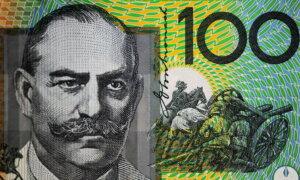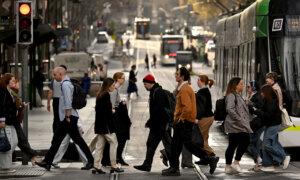Spending remained stagnant last month, despite tax cuts that have yet to significantly boost retailer profits as many opted to save their extra cash.
The July results were flat, falling below the 0.3 percent growth forecast and following two months of positive results.
The Australian Bureau of Statistics (ABS) reported that discounting had driven activity in May and June, leading to a sustained increase in retail turnover in July.
While tax relief was introduced at the beginning of the month, CommSec economist Ryan Felsman noted that it had not yet made a substantial impact on spending.
Felsman stated, “Consumer spending on clothing, footwear, and department stores declined last month as shoppers became more cautious due to higher borrowing costs and living expenses.”
A significant surge in deposits indicated that many households chose to deposit extra money from the stage three tax cuts into various accounts, such as transaction accounts, savings accounts, offset accounts, and term deposits.
Sally Tindall, Canstar’s data insights director, revealed that Australians deposited $30.8 billion (US$20.9 billion) in banks in July, marking the highest monthly increase in dollar terms according to the Australian Prudential Regulation Authority’s records.
Traditionally, July is a strong month for deposits as individuals save money from tax returns. This year, households likely saved additional funds from the stage three tax cuts and government electricity rebates in Queensland and Western Australia.
Tindall explained, “Households with mortgages understand that every dollar in their offset account or as an extra repayment saves them from paying interest to the bank.”
The Reserve Bank of Australia will likely be pleased to see signs that households are saving tax relief and cost-of-living assistance rather than increasing spending. This aligns with the central bank’s goal of reducing inflation.
In July, the ABS reported declines in clothing, footwear, department stores, cafes, restaurants, and household goods retailing. The only industry to see growth was food retailing.
Despite a 2.3 percent increase in retail sales over the year, this growth is modest compared to the annual population growth of 2.6 percent.







